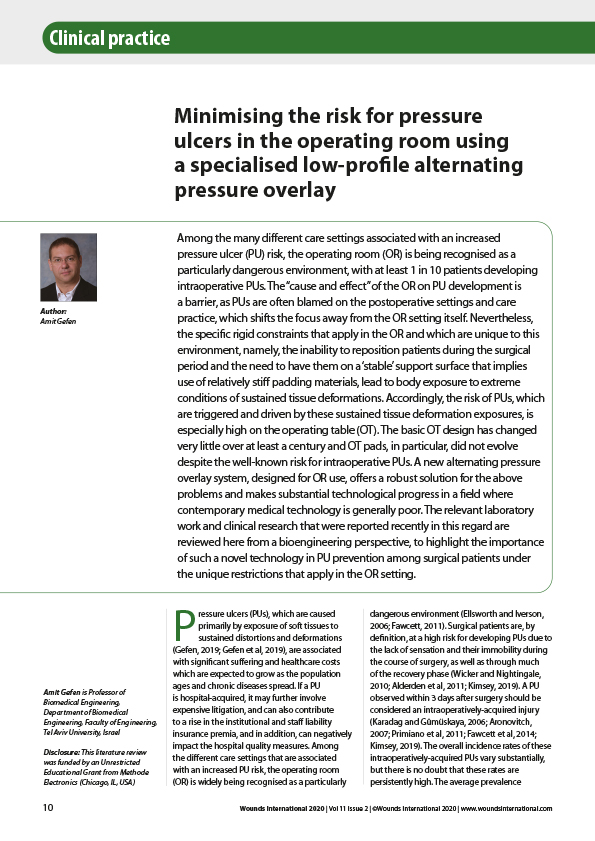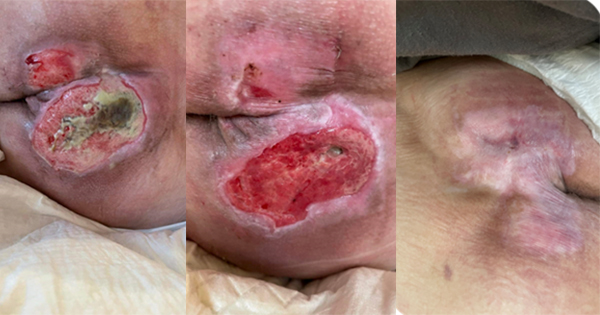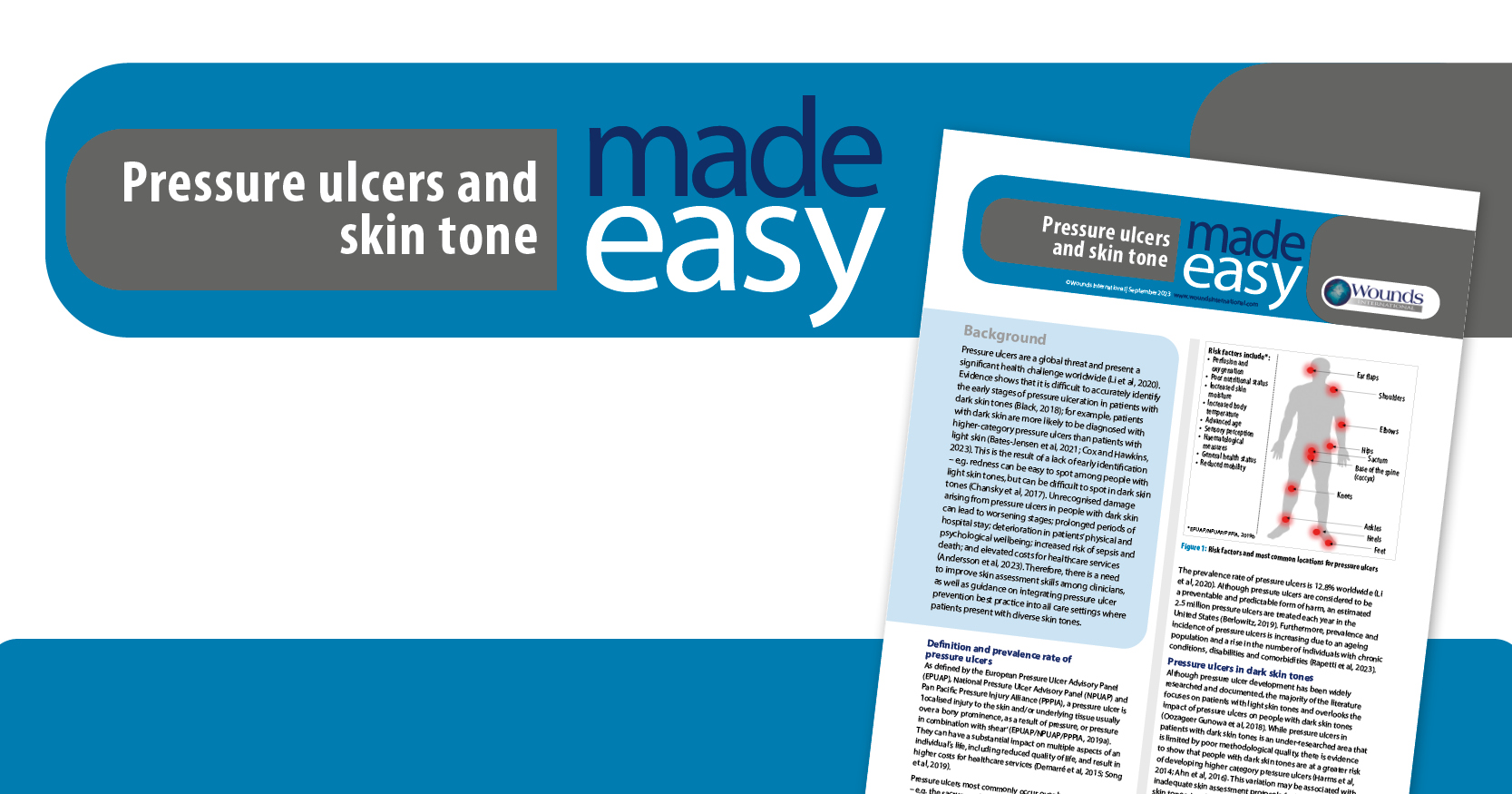Among the many different care settings associated with an increased pressure ulcer (PU) risk, the operating room (OR) is being recognised as a particularly dangerous environment, with at least 1 in 10 patients developing intraoperative PUs. The “cause and effect” of the OR on PU development is a barrier, as PUs are often blamed on the postoperative settings and care practice, which shifts the focus away from the OR setting itself. Nevertheless, the specific rigid constraints that apply in the OR and which are unique to this environment, namely, the inability to reposition patients during the surgical period and the need to have them on a ‘stable’ support surface that implies use of relatively stiff padding materials, lead to body exposure to extreme conditions of sustained tissue deformations. Accordingly, the risk of PUs, which are triggered and driven by these sustained tissue deformation exposures, is especially high on the operating table (OT). The basic OT design has changed very little over at least a century and OT pads, in particular, did not evolve despite the well-known risk for intraoperative PUs. A new alternating pressure overlay system, designed for OR use, offers a robust solution for the above problems and makes substantial technological progress in a field where contemporary medical technology is generally poor. The relevant laboratory work and clinical research that were reported recently in this regard are reviewed here from a bioengineering perspective, to highlight the importance of such a novel technology in PU prevention among surgical patients under the unique restrictions that apply in the OR setting.







